Do you know what hydroponic growing is? Have you ever seen a hydroponic growing system before? If you haven’t, don’t worry – you’re not alone.
In September 2017, the Big Tex Urban Farms installed two hydroponic growing systems in the Greenhouse on the Midway at the State Fair of Texas, just in time for Fair season. One of the systems is called a deep water culture (DWC) tank, and the other is a group of six vertical grow towers. Once the systems were installed and seedlings were planted, we were astonished at the growth rate of the plants in this new environment. Big Tex Urban Farms has been able to step up the number of pounds and food servings donated to the South Dallas community because of these hydroponic systems.
How The Big Tex Urban Farm Grows With Water
Growing plants with hydroponics is all about using water as a medium in what is basically a large, open-top tank. No soil is used at all. Instead, fertilizer is added to the water to supply the necessary nutrients that plants need and the pH level of the water is adjusted, as needed, to suit the crops (pH is a measure of the hydrogen ion concentration of a solution.) There are many different hydroponic fertilizer blends available or you can make your own custom blend. At the farm, we use a three-part blend of dry mineral-based fertilizers that generally lower the water’s pH level. Depending on the type of hydroponic system you are using, you may or may not need to add oxygen to the water.
Fun Fact: Hydroponic systems are different than aquaponics, where fish waste is used to fertilize the water. We use hydroponics at Big Tex Urban Farms because we’ve found it to be an easier system to manage.
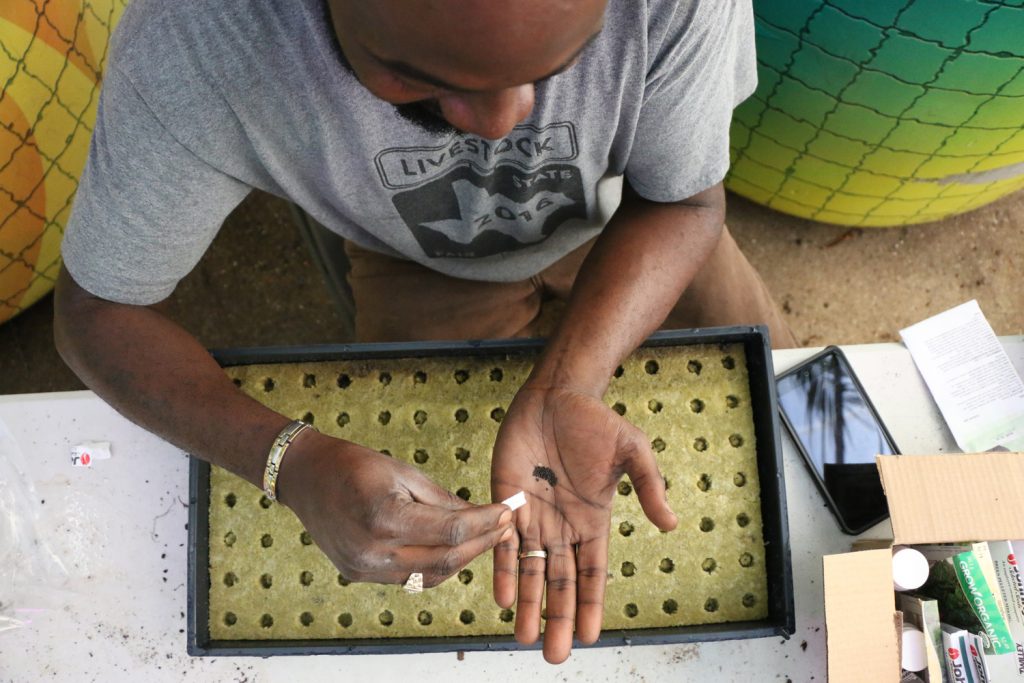
The process of transplanting young plants into hydroponic systems is different than it is for conventional growing. First off, you need material to hold your transplants in place, just above the water level with the roots totally submerged in the water. This soil-less substrate is needed to prevent diseases from entering your hydroponic system. The farm uses a product called rock wool to start all of our transplants. Rock wool is a volcanic mineral that is heated, then spun in a centrifuge and poured into a form to create a perforated sheet. Seeds are planted into these sheets and sprouted in a system called a grow rack. Roughly 14 days after sowing, the seeds are ready to be transplanted into a hydroponic system where they will continue to grow and grow.
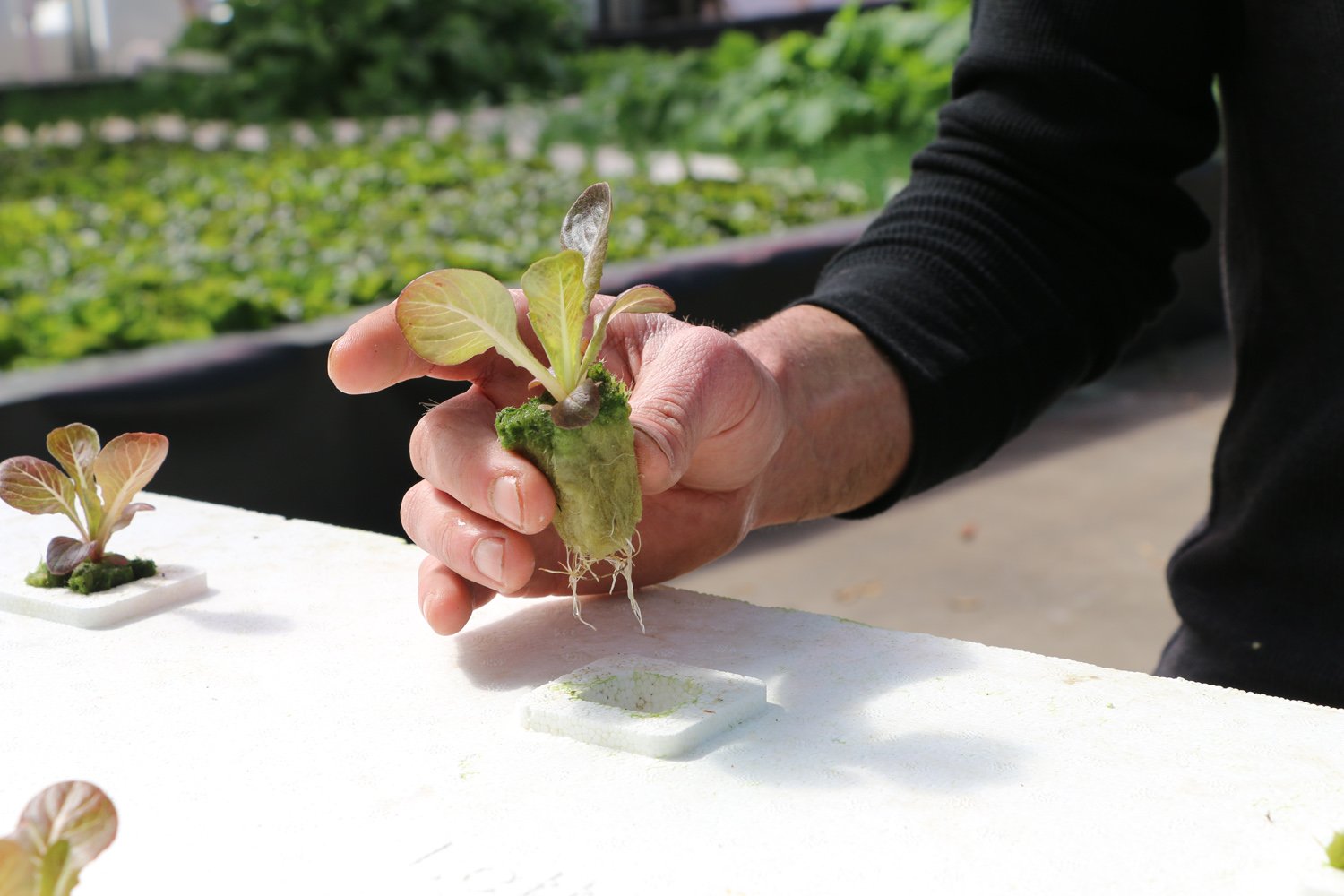
Eco-Friendly Growing
There are many advantages to hydroponic growing. As I mentioned before, the growth rate is much faster versus conventional farming methods. In addition, it is a much more environmentally friendly method of growing because it requires significantly less water than field agriculture. In our Greenhouse tank I have only added water a handful of times since it was installed six months ago. Vertical hydroponic towers, on the other hand, recycle water so I have yet to add any additional water to that system. Another eco-friendly benefit to hydroponics is the fact that nitrates and other nutrients do not leach out of a hydroponic system and find their way into the environment; those nutrients are instead contained in the system and taken up by the plants. Also, hydroponic growing doesn’t require cultivation, which can eventually lead to “over-worked” soil.
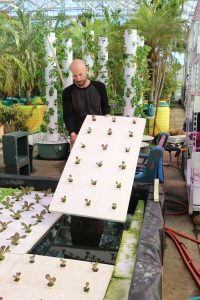
Green, Leafy Results
In just the short amount of time the hydroponic systems have been in use, the Big Tex Urban Farm has averaged 144 heads of lettuce per week plus herbs and mixed greens. We believe that these leafy greens we donate are one of the most important contributions we are making to combat hunger in the South Dallas area. Quality, and more importantly, nutritional value of greens deteriorate very quickly, so a local supply of fresh leafy greens is a very important part of improving the health of any community. Luckily, leafy greens and herbs are ideally suited to hydroponics. That’s why we are currently growing five different varieties of lettuce, arugula, swiss chard, basil, chives, strawberries and collard greens. Each variety of green offers its own important nutrients. Growing these different varieties helps us provide a good mix of vitamins and health benefits to the community through the organizations we donate to.
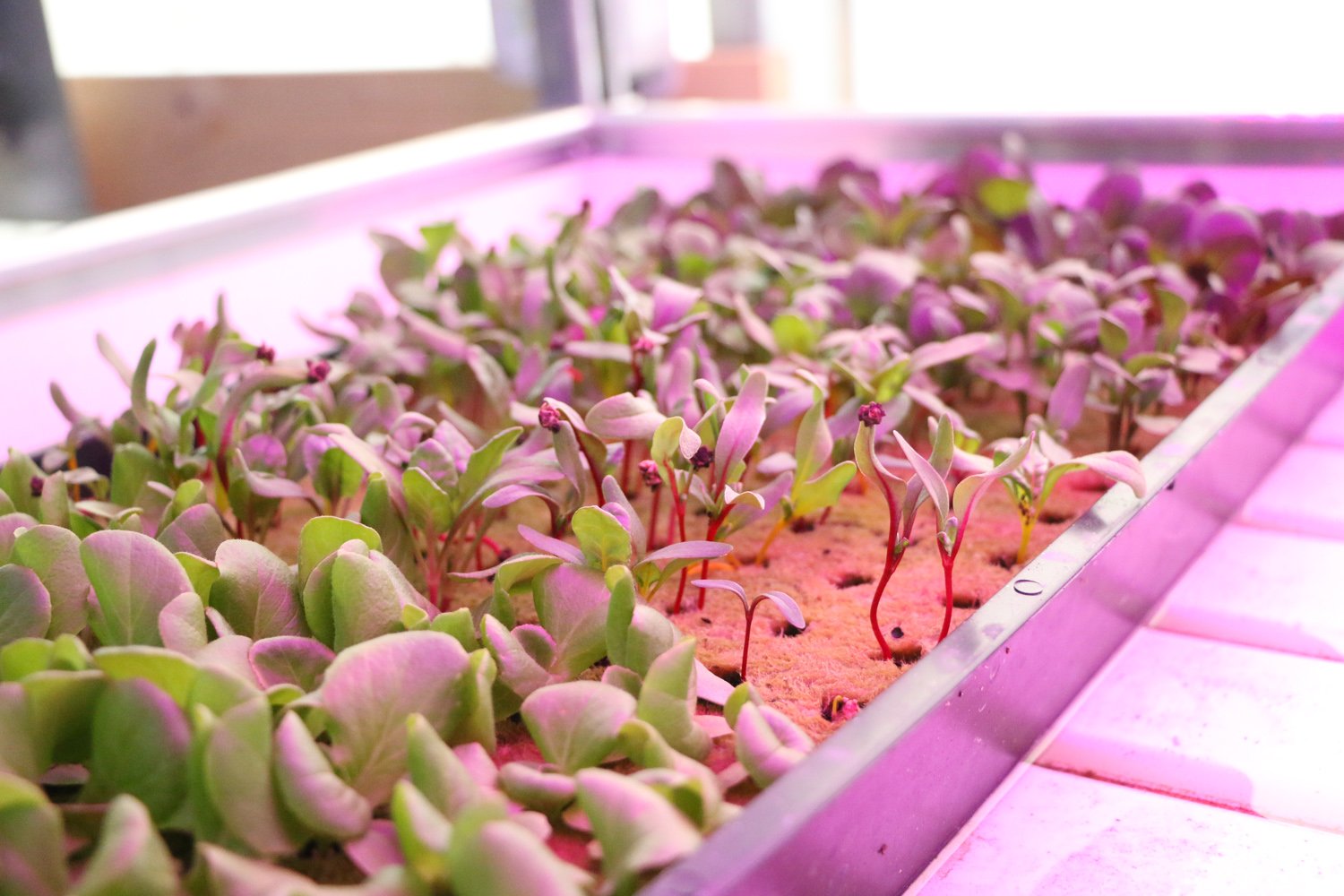
New Forms of Growing in 2018
It’s safe to say that our hydroponic system played a large part in our production of greens over the past six months. And that’s just the beginning. Very soon the Big Tex Urban Farms will be adding a nutrient film technique setup a system that uses a steady stream of recirculating water to feed plants in structures that look like gutters. We’ll also be adding a second DWC tank and a dutch bucket system that can be used to grow vine crops. This combination of grow systems will allow us to diversify and grow crops like tomatoes, bell peppers, and cucumbers. We anticipate that all these new systems will be in place by the 2018 State Fair.
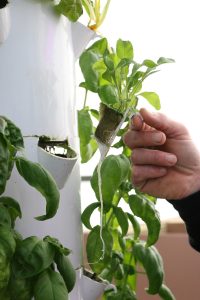
Everyone at the State Fair of Texas is excited to see what these new hydroponic systems will do for the Big Tex Urban Farms. Our production should skyrocket and I can’t wait to get the produce out into the community. We will share updates and more information as the systems develop throughout the year. In the meantime, spring is upon us and these are busy times on the Farm, but as always that means a bountiful harvest. Happy gardening!
